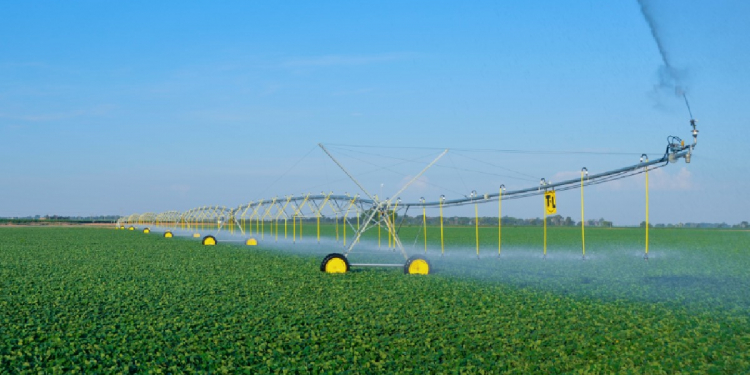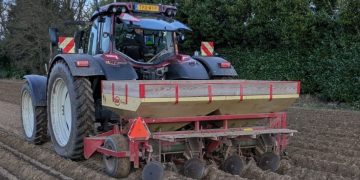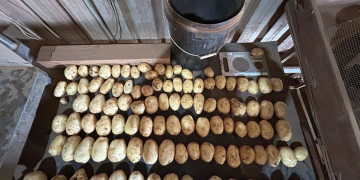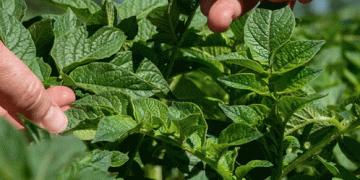Founded in 1955 by Leroy Thom and J. G. Love, T-L Irrigation had already become an established manufacturer of gravity irrigation systems and grain dryers by the time the first center pivot irrigation system was invented.
Within a few years, however, Thom, a farmer from Hastings, Neb., and his sons, Dave and Jim, decided they could improve on the center pivot machines that were already growing in popularity. Seeing an opportunity, the Thom family developed and introduced a system in 1969 that used hydraulic motors to drive the wheels on each tower. This allowed the center pivot system to move around the field at a constant rate, rather than starting and stopping at set intervals as electric motors do, thereby applying water more evenly.
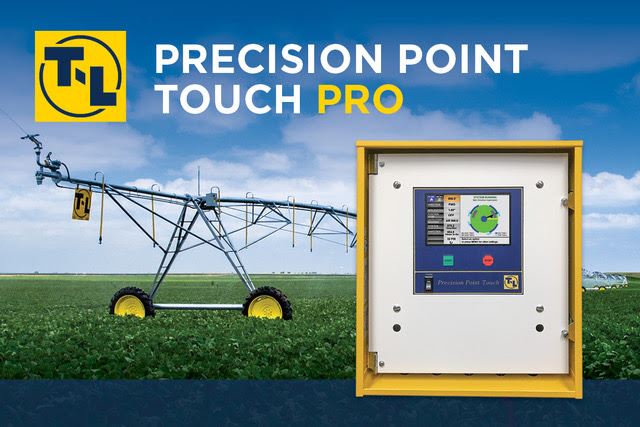
Yet, despite decades of center pivot irrigation history, T-L center pivot or linear irrigation systems are still the only units of their kind to offer the benefits of hydrostatic drive, including increased reliability, lower maintenance and greater safety.
“My ancestors, who started the company, looked at electricity,” says John Thom, vice president of sales and marketing at T-L. “But they understood that farmers work with hydraulics every day and understand them, so they can usually make what repairs are needed themselves.”
Today, T-L offers circle and corner pivot irrigation systems, as well as linear and towable units that can also be configured to operate at nearly any speed in any field shape and size a producer desires. By using T-L’s Precision Link remote management system in combination with T-L’s Precision Point Touch (PPT), customers have remote control of stop/start and can monitor the system, as well as control direction, speed, application rate and pump control from an office computer or cell phone. Variable rate irrigation (VRI) can also be programmed on systems that are appropriately configured.
“The continuous, hydrostatic drive is probably the greatest asset we have to offer potato growers,” says John Thom. “Whether you’re trying to apply chemicals at a consistent rate or striving for even water distribution, the non-stop movement of a T-L unit can be very beneficial.
“In addition, potato fields can be pretty rough, given the ridges and ruts across the field,” he continues. “Many potato fields in Western states are on fairly rolling terrain, so having a unit that doesn’t stop and start every few feet means less wear on the drives. It’s like my uncle, Dave Thom, often says: ‘If you’re driving your pickup through a mudhole, you don’t stop in the middle and start up again. You’re going to keep your momentum going until you get to the other side.’”
Erecting a T-L Irrigation Co. pivot on the famed White House South Lawn was a crowning moment for the Thom family of Hastings, Neb. The three-generation-strong family business was one of the only production agricultural businesses to be featured in the third annual Made in America Showcase hosted by President Trump on the White House lawn on July 15.
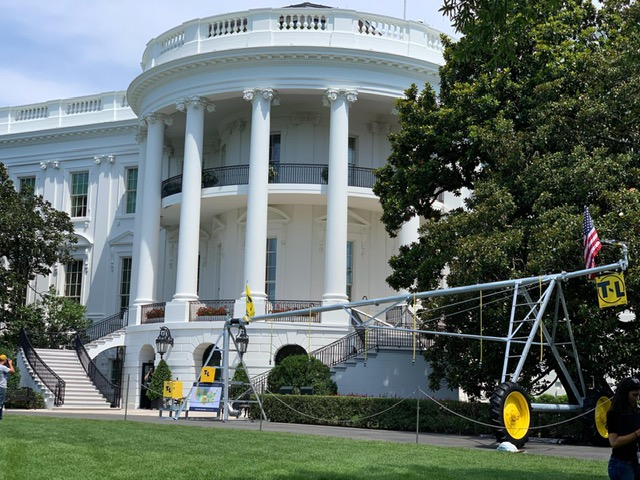
“We’re very honored to represent Nebraska, and we feel it makes a lot of sense that we were the choice,” says John. “Our state has more irrigated acres than any other state, and all our pivots are exclusively manufactured right here in Nebraska—even those that end up at the White House.”
Despite short notice, they made some test builds at their Hastings facility before loading the pivot onto a truck with Craig Oswald and sending it down the road to Washington, D.C. John and fellow company vice president Chase Crawford met the truck there and were surprised to find they were given a prime spot right next to the south White House Portico and the event stage.
“It was a super-proud moment for me personally,” John says. “My grandparents just passed, but they would have been so exceptionally honored that a company they built, that their family members still run, was recognized on that level. Everyone at the company was very excited.”
President Trump stopped by the display and visited with the T-L contingent for several minutes. They explained to him how irrigation works, how T-L pivots help farmers conserve water and increase yields, and various specifics about their products.
This article appears in the July 2021 issue of Potato Grower.
